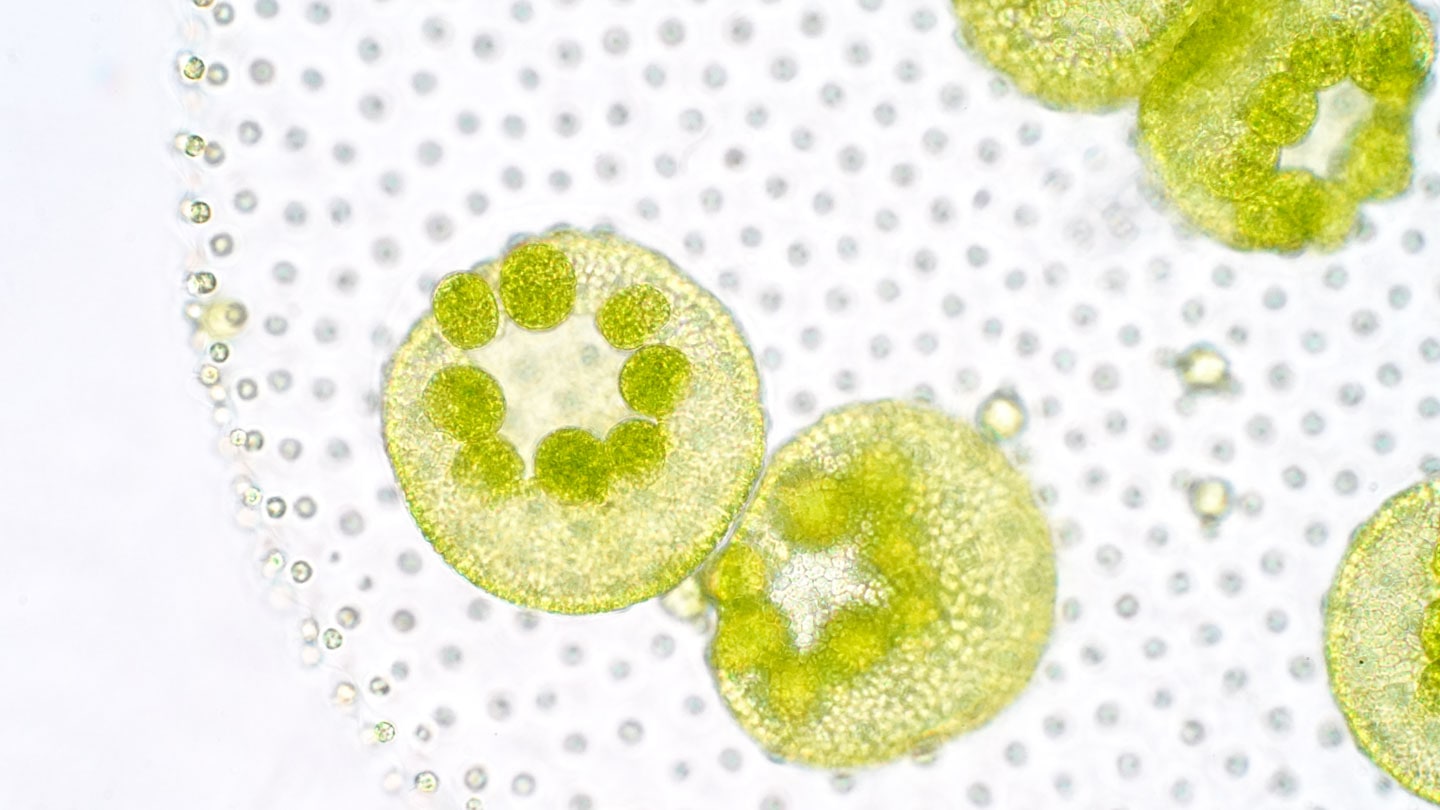
How Phytoplankton Endangers Fish Farms – and the Best Way to Combat the Threat
Did you know that 99 percent of all biomass in the ocean is invisible to the human eye? To help put that in perspective, a teaspoon of seawater can hold over a million different living organisms – all tiny, often single-celled.
Among them are phytoplankton – essentially the ocean’s microscopic plants and the foundation of the largest food chains on the planet.
While too tiny to be seen, phytoplankton can be spotted in the ocean with the help of fluorescent sensors, which can locate high concentrations of phytoplankton – known as an algal bloom – and identify different species based solely on the pigments they contain.
Why is this important to fish farming? Because phytoplankton can pack a serious punch.
Although miniscule in size, phytoplankton can be deadly to fish – especially in an aquaculture setting. As a result, fish farmers go out of their way to keep an eye on this invisible threat.
Nighttime Threat
During the day, through the process of photosynthesis, phytoplankton produce oxygen. But at night, in the absence of the sun, they go through respiration (the opposite of photosynthesis) and consume oxygen. Thus, in high concentrations phytoplankton can completely deplete oxygen levels in a localized area. This can cause the fish to experience prolonged periods of elevated stress and can even lead to major mortality events.
Certain species of phytoplankton can also cause health issues in a fish’s gills. Fish take up oxygen by passing water over their gills, but if the water contains significant amounts of phytoplankton, this can harm the fish’s ability to breathe. Some species of phytoplankton have spiky exteriors and can damage gills even in small concentrations. Furthermore, several species also produce toxins that can cause serious health issues for both humans and fish. At specific threshold concentrations, this can cause major mortality events on a farm, something to be avoided at all costs.
The Role of Technology
Harmful algal bloom detection and prediction has been a priority for both researchers and aquaculture farmers in recent years. Although there is no technology on the market today that can predict the occurrence or size of an imminent bloom, there are sensors that can provide valuable pieces of information.
Fluorescent sensors are one type of technology that can assist fish farmers in providing data that they can analyze to help provide insights into the conditions surrounding their farm.
Chlorophyll Sensors
A chlorophyll sensor is one example of monitoring equipment that takes advantage of fluorescent pigments to estimate chlorophyll concentrations. Chlorophyll is found in every organism that photosynthesizes, so chlorophyll sensors are valuable because they can detect the presence of any kind of phytoplankton.
Chlorophyll sensors can be deployed to monitor plankton concentrations at various depths and should be placed in strategic locations based on the surrounding hydrodynamics. Phytoplankton are at the mercy of ocean currents and tides, so monitoring should take place upstream of the farm for most informative data.
Different regions have different seasons when phytoplankton concentrations are a concern. These sensors can indicate the onset of the season, which can vary year to year. As data is collected over time, daily, monthly and seasonal patterns will reveal trends and abnormalities that can inform future practices and prepare workers to be alert at the appropriate time based on historical data.
Blue-Green Algae Sensors
Another type of fluorescent sensor, a blue-green algae sensor, can provide farms with additional information. Blue-green algae is a type of photosynthetic bacteria that contains another fluorescent pigment called phycoerythrin. Thus blue-green algae sensors target that particular pigment to provide more specific information than the chlorophyll sensor.
Blue-green algae are known for producing harmful toxins, so it is important to monitor changes in their abundance over time. By pairing data from both types of sensors, inferences can be made regarding the proportion of blue-green algae present compared to other phytoplankton. This can assist in informing the severity level of a spike in phytoplankton concentration. Similar to the chlorophyll sensor, collecting blue-green algae data over the long term and analyzing seasonal and inter-annual trends can provide valuable information to future site workers.
Monitoring populations of microscopic organisms has its challenges. Phytoplankton are the most abundant organisms in our oceans and their distribution and concentration depend on numerous variables. The availability of nutrients and light as well as the direction and strength of prevailing currents and tides impact how quickly blooms can form and disperse through the water column.
What’s at Stake
In 2019 an algae bloom in Norway caused the death of 14,000 tonnes of farmed salmon valued at $330 million (US). Losses of this magnitude can cripple smaller, independent farms and create significant biological waste. These events are unpredictable, but we know certain factors aggravate blooms and we can monitor changes in concentration of plankton to identify potential bloom events. Monitoring technologies are improving and provide famers with advanced methods to care for their stock.
Take a Deeper Dive
This article is adapted from the Innovasea white paper “How Light Behaves Underwater and Its Impact on Fish Farming – from Phytoplankton Growth to Salmon Development.” Check it out today.
About the Author
Jennie Korus is an aquaculture scientist at Innovasea and part of the Aquaculture Intelligence team in Halifax, Nova Scotia. Jennie holds an honors degree in Marine Biology and Statistics from Dalhousie University and an advanced diploma in Ocean Technology from NSCC. She is currently working towards her master’s in Oceanography at Dalhousie with a focus on fish stress and environmental monitoring on aquaculture farms.

Want to learn more?
Contact Innovasea today to find out how our aquaculture and fish tracking experts can help with your next project.
